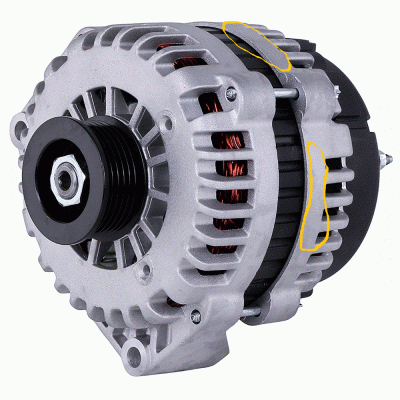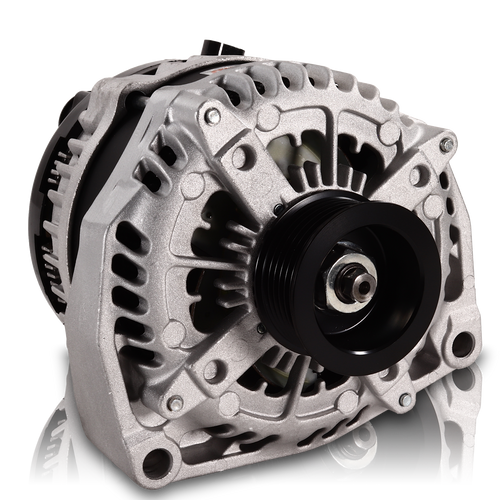2007YukonXL
Member
- Joined
- Aug 6, 2015
- Posts
- 42
- Reaction score
- 27
Hey there,
I have a Yukon 1500 with a 5.3 and the alternator will not charge when the engine is at low RPM...however it will charge when the engine is at much higher RPM like 2000 and above.
When the engine is idling the voltage at the battery is at 12.45-ish volts and then I turn on the AC to full and turn on the headlights and the voltage slowly drops however if I increase the engine RPM to 2000 and above the volts will do to 13.5 and stay there...
Does anyone know why it would do this? Obviously the belt is on and not slipping, the "Littel" 175A Fuse is intact, and the battery terminals are clean and tight.
I am interested in a higher output unit because I do a bunch of towing (the no charging issue occurs when the trailer is disconnected so that is not the problem) and I really need the tow vehicle to charge the travel trailer battery because in the trailer I installed a "Renogy On Board Battery Charger" device and I also installed the 4 AWG welding cable from the starter battery to the trailer so the truck and trailer are set up and ready for some high juice power transfer but if the alternator will not even charge the truck's electrical system at idle then the trailer will no get any help.
Any adive is greatly appreciated and THANKS!!!
Bill
If I upgraded the alternator would I need to upgrade the alternator cable that runs to the fuse/ battery terminal and the "Littel" fuse?
I have a Yukon 1500 with a 5.3 and the alternator will not charge when the engine is at low RPM...however it will charge when the engine is at much higher RPM like 2000 and above.
When the engine is idling the voltage at the battery is at 12.45-ish volts and then I turn on the AC to full and turn on the headlights and the voltage slowly drops however if I increase the engine RPM to 2000 and above the volts will do to 13.5 and stay there...
Does anyone know why it would do this? Obviously the belt is on and not slipping, the "Littel" 175A Fuse is intact, and the battery terminals are clean and tight.
I am interested in a higher output unit because I do a bunch of towing (the no charging issue occurs when the trailer is disconnected so that is not the problem) and I really need the tow vehicle to charge the travel trailer battery because in the trailer I installed a "Renogy On Board Battery Charger" device and I also installed the 4 AWG welding cable from the starter battery to the trailer so the truck and trailer are set up and ready for some high juice power transfer but if the alternator will not even charge the truck's electrical system at idle then the trailer will no get any help.
Any adive is greatly appreciated and THANKS!!!
Bill
If I upgraded the alternator would I need to upgrade the alternator cable that runs to the fuse/ battery terminal and the "Littel" fuse?


